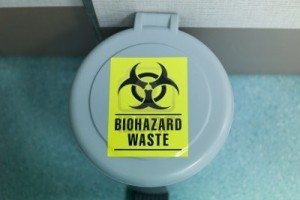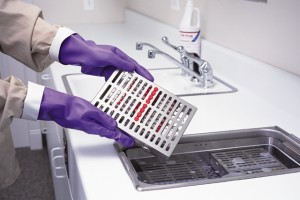I have been reading some very interesting articles in Pharmaceutical Technology regarding new sterilizers.
They all deal with a similar subject of sterilization methods and validation.
While in most cases the traditional methods of steam or dry heat sterilization work well, there are circumstances where these or even EO sterilization fails to meet the requirements.
Materials may be degraded or they are too sensitive to be exposed to moisture.
With this thought in mind there seems to be a few new methods on the horizon for solving the current issues.
These include but are not limited to:
- Vapor-phase hydrogen peroxide
- Nitrogen dioxide gas
- Chlorine dioxide gas
- Carbon dioxide
All four are explained in detail in the article i have attached for reference.
What is important is that we continue to search for new methods to sterilize safely and effectively and have a method to prove the process.
*Reference Source: Emerging Sterilization and Disinfection Technologies Offer Alternative Solutions
 Many people do not think about using an autoclave for sterilizing waste. An autoclave can be used to sterilize hazardous waste so that it can be thrown out with the normal garbage. Since hazardous waste disposal is very expensive, waste sterilization is a great way to save money.
Many people do not think about using an autoclave for sterilizing waste. An autoclave can be used to sterilize hazardous waste so that it can be thrown out with the normal garbage. Since hazardous waste disposal is very expensive, waste sterilization is a great way to save money.




